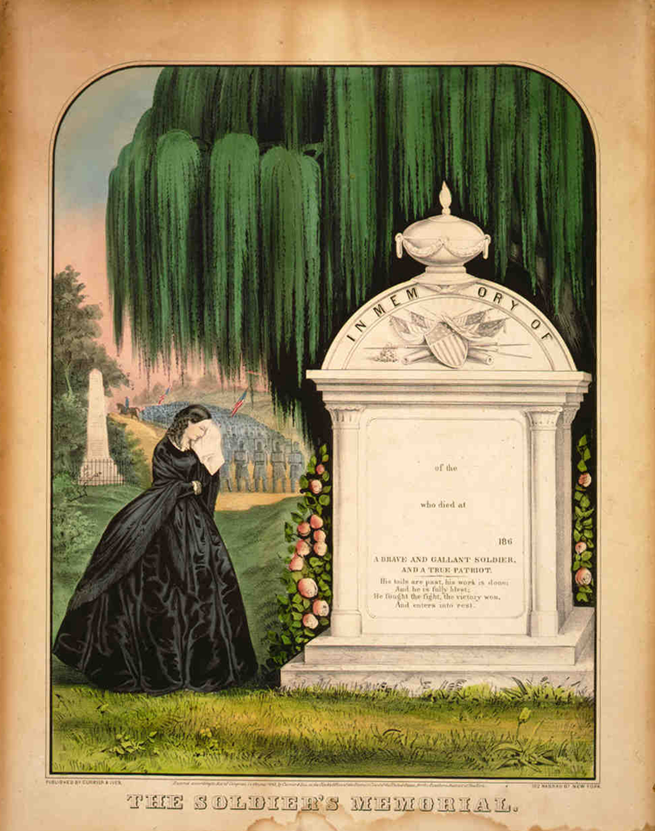 This week marks a big milestone for me. It was this week ten years ago, that I was hired on full time at Ancestry as editor of the Ancestry Daily News (this newsletter/blog’s predecessor).
This week marks a big milestone for me. It was this week ten years ago, that I was hired on full time at Ancestry as editor of the Ancestry Daily News (this newsletter/blog’s predecessor).
Wow, have things changed! Ancestry.com had a few hundred databases online when I started in 1998, but there were no censuses or record images online at that point. To search those records we would have to travel to repositories that held the microfilm and we were thankful for the head-of-household indexes that were available. Of course they weren’t online yet either–we didn’t get head-of-household census indexes online until early March 1999. Census images began being posted in 2000 along with Civil War Pension Index Cards. There was no MyFamily.com, although RootsWeb.com was a popular and fast-growing online resource. And DNA testing? What’s that about?
When I first took the job, I had a young toddler in the house. Now my beautiful daughter is proud to tell people she’s almost as tall as I am and will soon pass me up! Over the years I had to learn to find a balance between work and family, although I still occasionally burn dinner when I get caught up in my work. Fortunately my office is next to the kitchen so I can smell the damage before flames erupt.
As I’m in a reminiscent mood today, I thought I’d share some of the lessons I’ve learned over the years here at Ancestry.
Finding Holes
If I ever want to find a hole in an area of my research, I should plan an article around that very topic. Never fails. As soon as I start writing about how I made this amazing find, I’ll find holes in my logic. But it’s a good way to keep my research on track. Try it. Write up a brief summary of the research steps you’ve taken and keep it with your research log. Not only does putting it in writing help you to better analyze your research, but years from now when you’re wondering how the heck you came to that conclusion, it will be right there for you.
Trial by Fire
If you want to learn about something, try to write about it. I guess that’s why they made us write reports in school. The best history class of my life has come in the past couple years by writing The Year Was… columns for the newsletter. Try it with one of your ancestors. Research the year they were born, immigrated, married, etc. As you learn about the events of the time, you may find that you better understand what prompted their decisions.
When I was researching The Year was 1902, I found that a huge coal mining strike occurred in the United States. My great-grandfather immigrated to the U.S. in 1902. He even went back home and came back again with more family members. He was a coal miner, as were the other family members, and it’s possible they were recruited to fill in for striking miners. Continue reading


 Just wanted to take a minute to wish all of you a safe and happy Memorial Day! I plan to observe the weekend here at home, and hope to find some time to research some of the military heroes in our family tree. Don’t forget, Ancestry is offering free access to military databases through May 31st. (
Just wanted to take a minute to wish all of you a safe and happy Memorial Day! I plan to observe the weekend here at home, and hope to find some time to research some of the military heroes in our family tree. Don’t forget, Ancestry is offering free access to military databases through May 31st. (



